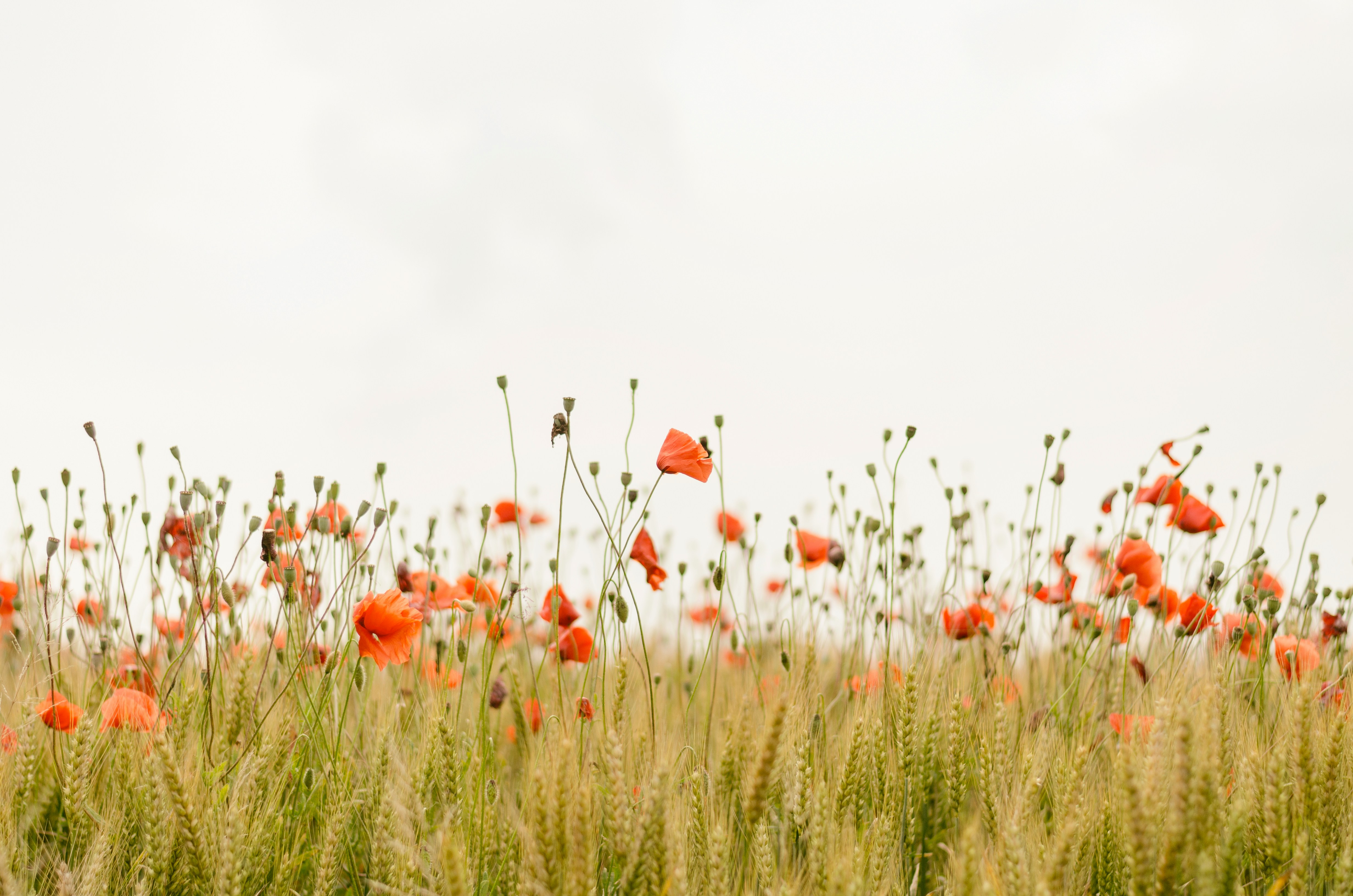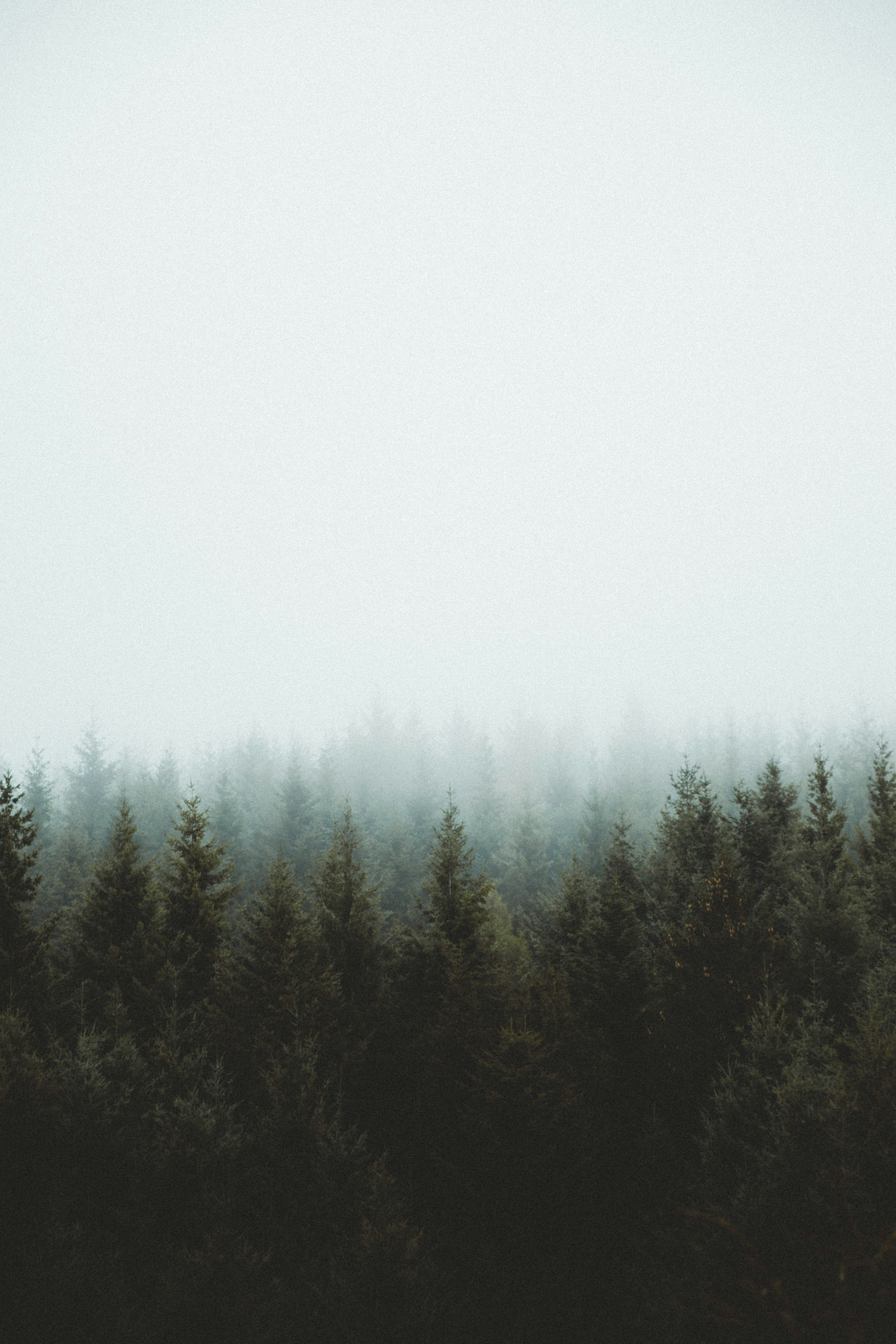
Phony Wildlife Photography Gives a Warped View of Nature - National Audubon Society
2025-04-29



Phony Wildlife Photography Gives a Warped View of Nature - National Audubon Society
In today's digital age, wildlife photography has become more popular than ever. With the rise of social media platforms like Instagram and Facebook, many photographers are showcasing stunning images of animals in their natural habitats. However, the National Audubon Society warns that the prevalence of phony wildlife photography is giving viewers a warped view of nature.
Introduction
The National Audubon Society, dedicated to the conservation of birds and their habitats, has expressed concern over the increasing number of fake wildlife photos circulating online. These images, often digitally altered or staged, can mislead viewers about the true behavior and appearance of animals in the wild.
The Dangers of Phony Wildlife Photography
One of the dangers of phony wildlife photography is that it can perpetuate harmful stereotypes about animals. For example, a photo of a bear appearing to smile for the camera may seem cute and harmless, but in reality, a bear baring its teeth is a sign of aggression. By portraying animals in unnatural or misleading ways, photographers can unintentionally contribute to misunderstandings about wildlife behavior.
Additionally, staged wildlife photos can disrupt the natural behavior of animals and even put them in danger. For example, baiting animals with food to get a close-up shot can habituate them to humans and make them more vulnerable to poaching or other threats.
Practical Tips for Authentic Wildlife Photography
To ensure that your wildlife photography is authentic and respectful of nature, consider the following tips:
-
Research Animal Behavior: Before heading out to photograph wildlife, take the time to learn about the behavior of the animals you are hoping to capture. This will help you anticipate their movements and capture more natural shots.
-
Practice Patience: Wildlife photography requires patience and perseverance. Instead of trying to force a shot, take the time to observe and wait for the perfect moment to capture a genuine interaction or behavior.
-
Respect Wildlife: Always prioritize the well-being of the animals you are photographing. Avoid disturbing their natural habitat or behavior for the sake of a photo.
-
Avoid Digital Manipulation: While some editing is inevitable in photography, aim to keep your images true to the natural world. Avoid excessive digital manipulation that alters the appearance or behavior of animals.
Conclusion
In conclusion, phony wildlife photography can have detrimental effects on our understanding and appreciation of nature. As photographers, it is our responsibility to capture the beauty and authenticity of wildlife in a respectful and ethical manner. By following the practical tips provided by the National Audubon Society, we can ensure that our wildlife photography reflects the true spirit of nature.
Let's work together to showcase the wonders of the natural world through authentic and honest wildlife photography.
For more information on wildlife conservation and photography ethics, visit the National Audubon Society.